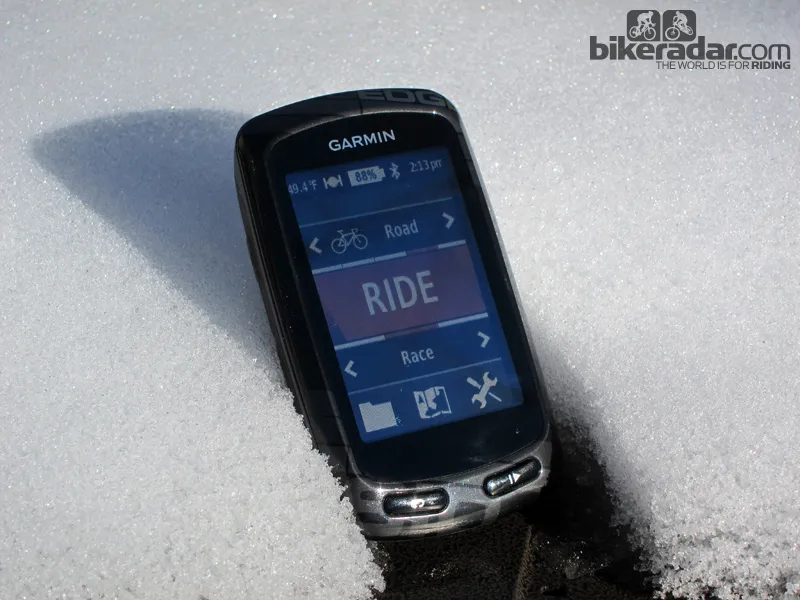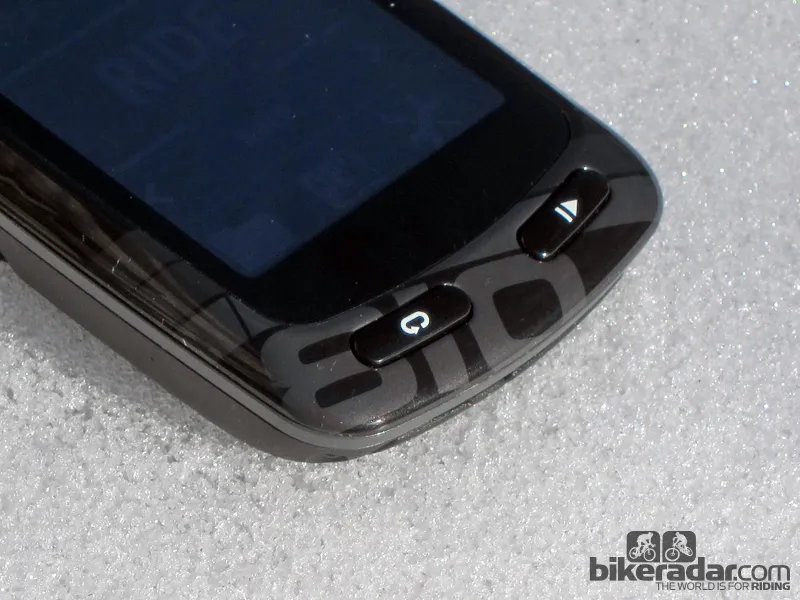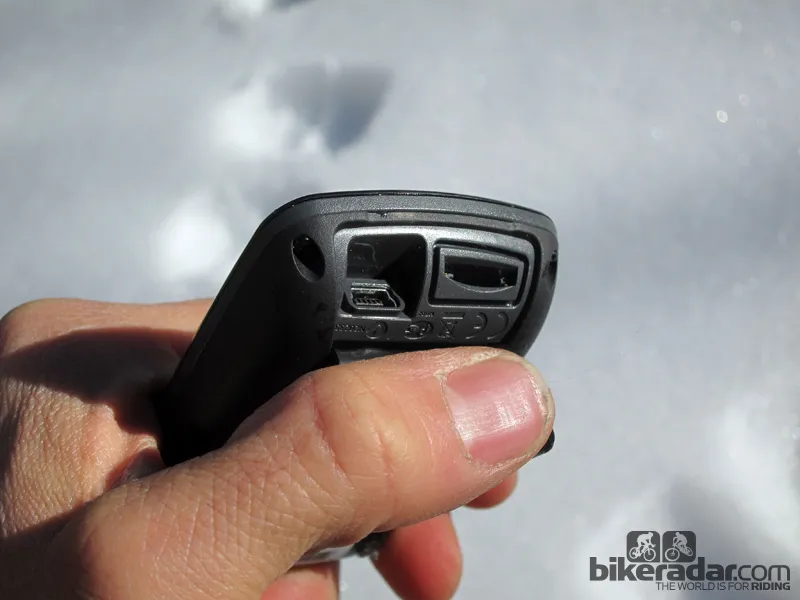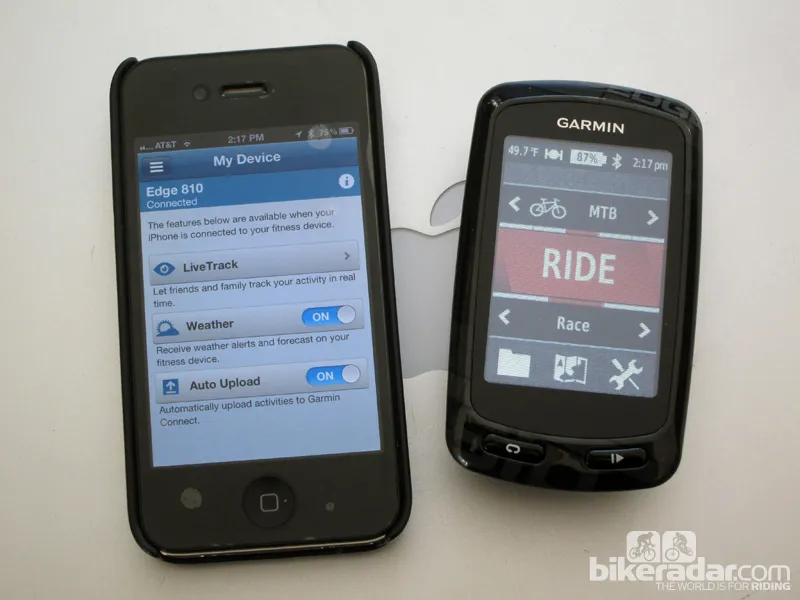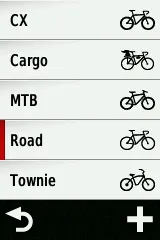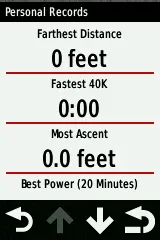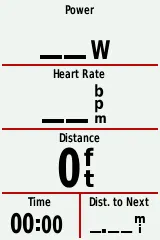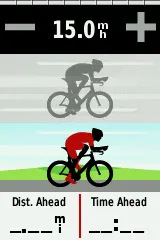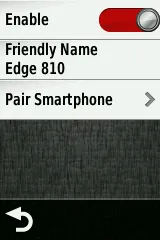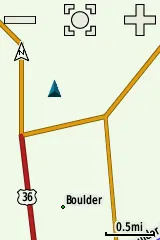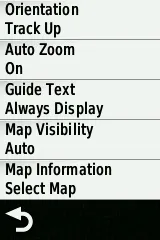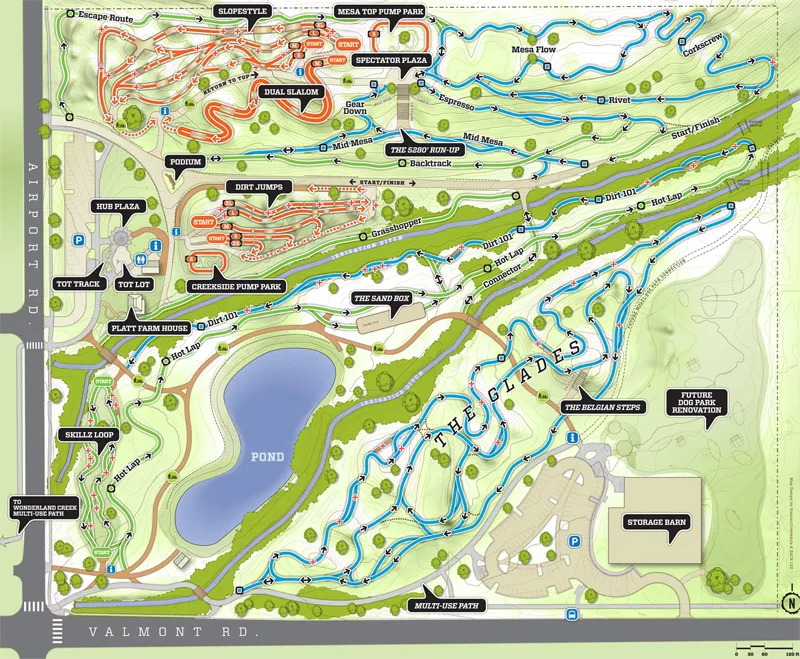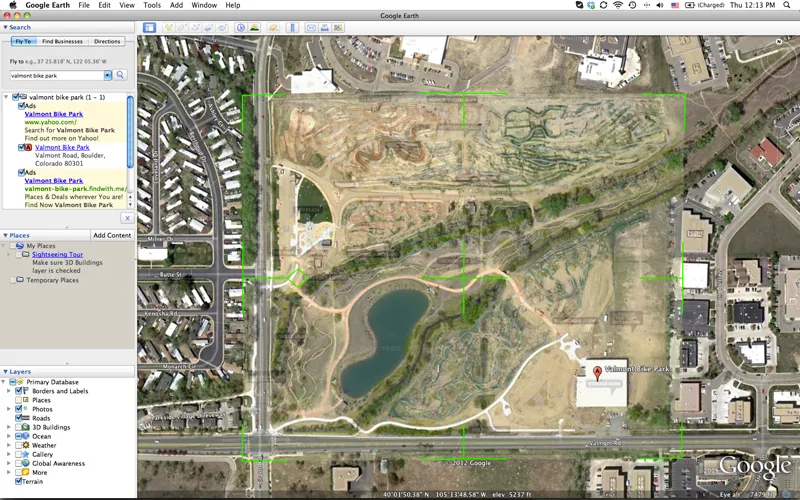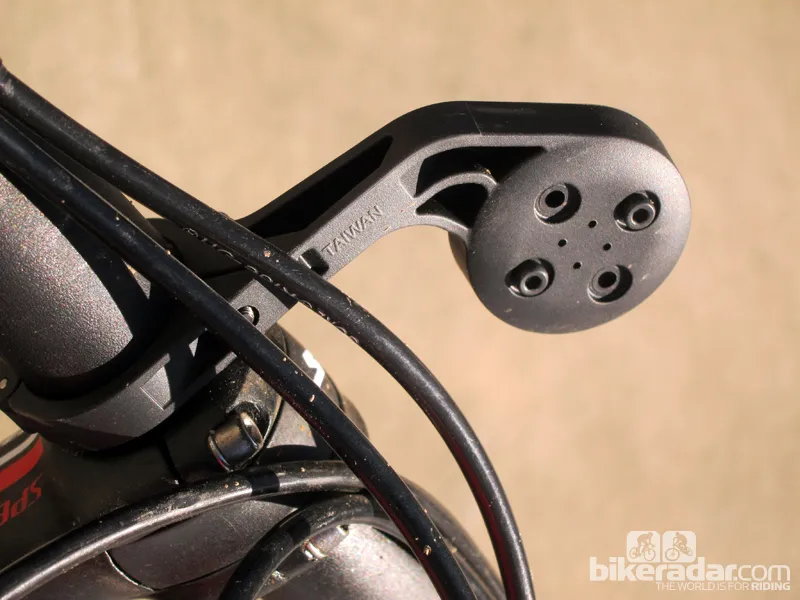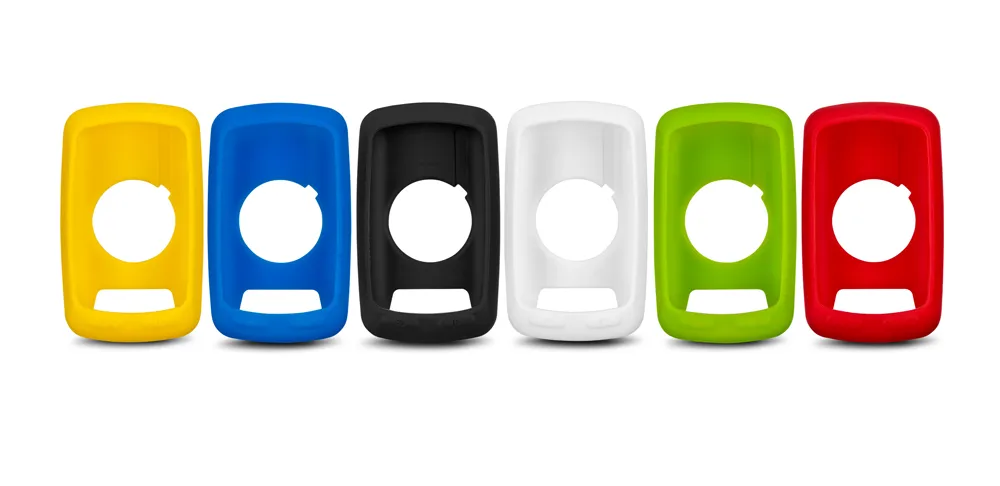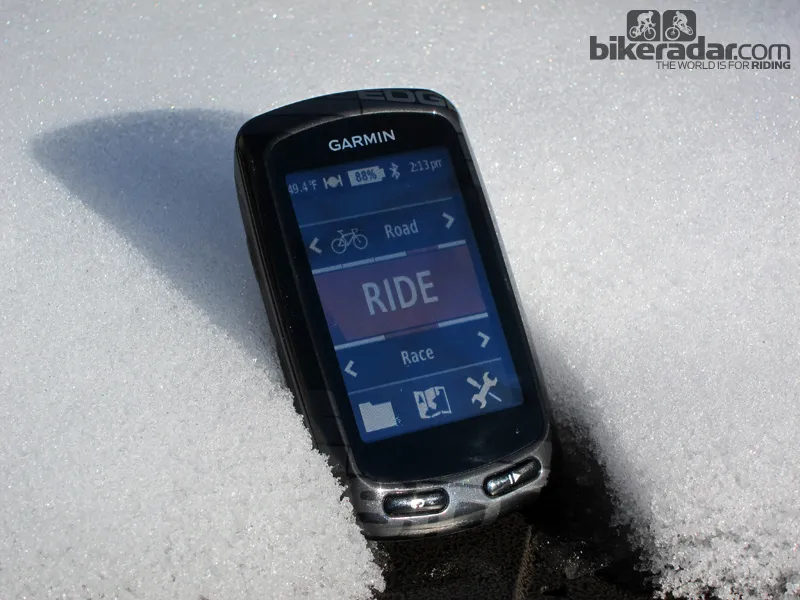Garmin has finally unveiled the new Edge 810 GPS-enabled cycle computer – the long-awaited successor to its flagship Edge 800. Although it looks virtually identical from the outside, it's not until you delve into the new user interface that you begin to appreciate its more simplified operation.
The addition of Bluetooth and new Garmin smartphone apps enhances the Garmin 810's capabilities even further, and will likely keep Garmin at the top of the GPS heap.
Watch the video below for our review of the Garmin Edge 810, where senior tech editor Warren Rossiter takes you through the interface navigation, performance and it's new standout features.
Unable to load media
Features and design
Garmin has packaged the new Edge 810 into the same case as 800 model it replaces, so aside from some new graphics everything looks the same from the outside. Weight decreases a single gram, to 97g, but the exterior dimensions are still 93x53x25mm.
The button layout is identical, with just the start/stop and lap/reset triggers located on the bottom of the front face, where they can easily be hit with your thumb. The power button is on the upper left side, which also pulls up the screen lock and brightness functions.
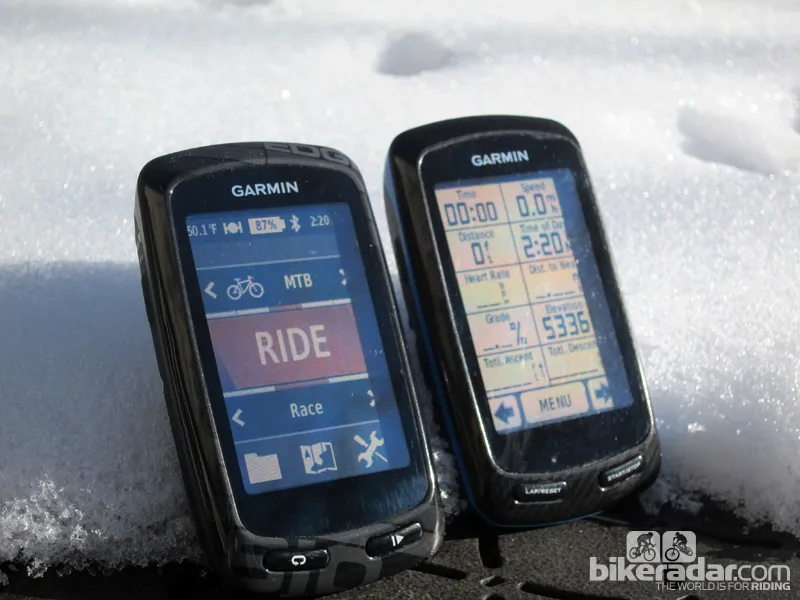
Case and screen are carried over on the 810 from the 800
Other physical characteristics are carried over as well, including the Edge 800's 66mm (diagonal measurement) backlit, color touchscreen. On the backside sits the now familiar quarter-turn mount interface, plus covered ports for the mini USB plug (used for recharging, data transfers, and software updates) and the mini SD memory card slot (for adding optional navigation and topographical maps).
Interface and performance
Many riders – ourselves included – were expecting a dramatic redesign of the Edge 800. But, as the name suggests, what Garmin has presented is an incremental update, not the major leap forward we predicted. That said, the new interface is a big upgrade from the 800.
Previously, Garmin designed all of its Edge computers to present the same information regardless of discipline. In other words, unless you were to laboriously configure everything manually each time, a road century, trail ride, cyclocross race, downhill session, or everyday commute would display the same data screens.
Sure, you could select different bikes (only after digging through several menu layers) but that was only to track total mileage and adjust wireless accessory settings.
The Edge 810, on the other hand, now allows users to predefine up to ten bike types and five associated sub-categories (up from five bikes and no sub-categories on the 800), each with its own customizable selection of data screens – ROAD>TRAINING, CROSS>RACE, TRAIL>RIDE, and so on. For each sub-category you can have up to five screens of data with 10 fields each (the same as on the 800), as well as workout, map, course, elevation and virtual partner screens.

The Edge 810's home screen allows you to quickly select your bike and activity type
We could configure it to see elevation and percent grade information for general road riding but not during 'cross races, where we prioritized heart rate and time. Similarly, time trial racers can set up yet another category with just power output and speed if desired.
As before, each category can also be configured with associated ANT+ wireless accessories such as power meters, heart rate straps, and speed/cadence sensors.
There is still a substantial amount of initial configuring to do, compounded by however many categories you desire, but at least you only have to configure everything once now. At startup, you simply select your bike and ride type, tap 'RIDE', and head off. Once you're done, the Edge 810 even offers some supportive feedback, indicating personal records and similar notes based on stored ride history.
As the Edge 810 uses the same color touchscreen as on the Edge 800, our opinions on it haven't changed – both good and bad.
The screen is fairly responsive – even with gloved hands or when wet – and it's relatively easy to select screens using a quick swipe, because it's a bigger target than tiny buttons. There are times when you need to single- or double-tap the screen, though, and here the Edge 810 is more finicky, requiring a firm stab as opposed to a light touch as you'd need for an iPhone or Android mobile phone.
We're disappointed that Garmin hasn't upgraded the screen resolution, though, which still seems grainy and crude for the asking price. As before, contrast and sharpness aren't as good as the Edge 500's impressive monochrome panel. Despite multiple setting variations, we still have difficulty making out the display in very bright sunlight, too.
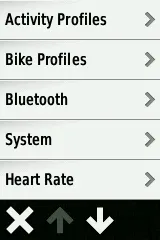
The on-screen menus are easy to follow and intuitive to operate
Those of you who are researching Garmin's new Edge 510 will note that the two units sound very similar, and you'd be correct, except for the 810's additional navigational capability (with the two higher priced 810 units).
Unfortunately, Garmin includes only a very basic map with the Edge 810 so anyone looking for genuine turn-by-turn directions or detailed topographical data will want to purchase them separately.
That being said, you can still upload your own maps provided you can (legally) download the area in question in JPEG format and have access to Google Earth to align the coordinates. In use, what you then get on your Edge 810 display is your position overlaid on the JPEG image you've uploaded – and if you've done it right, the GPS data is properly aligned, too.
Unfortunately, we can only report on this feature in theory, as a software bug prevented our uploaded map from displaying on the unit. Stay tuned on this one.
One feature the 810 doesn't get, however, is the 510's ability to link to Russia's GLONASS satellite network in addition to the standard GPS array. Our experience with the 510 has shown it to be remarkably adept at locking onto a signal even when indoors, as long as there's a window nearby.
The Edge 810's GPS-only system isn't an issue in most cases – we generally had little trouble locking in our location – but users in mountainous regions or mountain bikers riding in areas with intermittent line-of-sight overhead might get slightly spotty data.
Claimed battery life on the Edge 810 has gone down an hour to 17 – perhaps a reflection of the added Bluetooth wireless connectivity. So far, our experience has been pretty close to that figure.
Connectivity
The major hardware upgrade on the Edge 810 is the addition of a dual band ANT+/Bluetooth wireless chip that enables you to connect the device with both iOS and Android phones using Garmin's own Garmin Connect mobile app. Pairing the two devices is straightforward.
One offshoot of this expanded capability is exactly what many of us expected: once you're done with your ride, and if you've set it to do so, the app will automatically upload the file wirelessly to your Garmin Connect online account. Unfortunately, this only transfers the data, so you still have to log on to a proper computer or tablet to edit ride titles and insert notes – not a huge issue, as you still have to plug in somewhere to recharge the battery anyway.
Wisely, Garmin has also integrated social media into the wireless upload. Once the data has been transferred from the Edge to your phone – which happens reasonably quickly – you can quickly share that ride via Facebook and Twitter, or just send it directly through email or SMS.
A new LiveTrack feature shares your ride progress in almost real time. Data transfers at regular intervals from the Edge unit to a connected smartphone, which then relays it to selected recipients – or to all of your Facebook friends or Twitter followers.
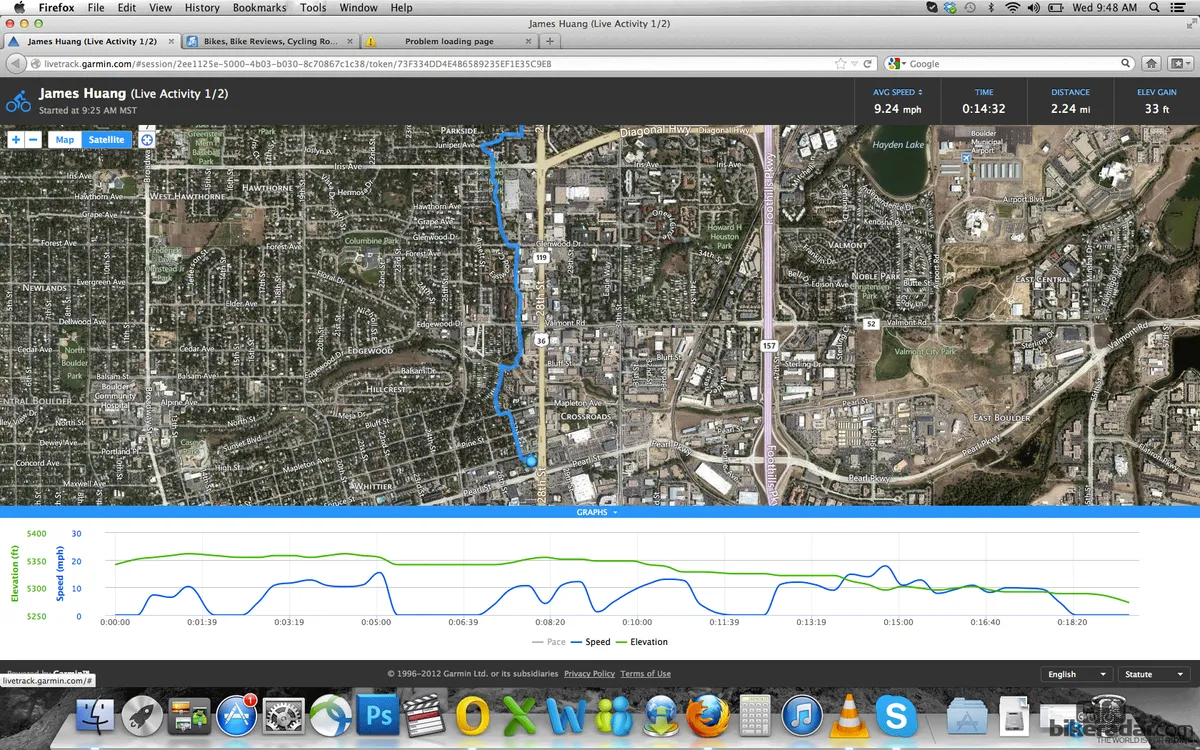
LiveTrack followers can track your progress almost in real time
This should be a boon for solo riders who would like to reassure loved ones they're safe, or even racers who want to transmit their progress to fans during an event. It's not thrilling to watch if you're on the other end ("This is about as much fun as watching paint dry," said BikeRadar technical writer Josh Patterson) but it's useful information nonetheless.
The following video more or less shows this, as members of the Garmin-Sharp-Barracuda team get out on the road to join their teammates. It's nicely done.
Garmin presents -- the edge : let others follow
Garmin Presents -- The Edge : Let others follow
That wireless communication goes the other way, too. You can search courses and routes on the enormous Garmin Connect database through your phone, download them wirelessly to the Edge, and then follow that route with the added motivation of a virtual partner, so you know if you're on pace with whomever created the route. This is all in theory, though – so far, we've been testing our Edge 810 units prior to the official app release, so stay tuned for an update later on.
One particularly slick feature is the automatic weather alert system, which can be especially useful for riders embarking on an epic day or in mountainous regions where a nasty front can come in quickly.
According to Garmin PR man Justin McCarthy, the system will send an alert directly to your connected Edge 810 display if a weather event is predicted in your location within a three-hour window. Again, we didn’t have a chance to test this feature as no adverse weather events occurred during our initial trial period.
While all of this is rather neat, one obvious question remains: if you have to have a connected smartphone with you to use all of these enhanced features, why not just use your phone for GPS?
For one, using the GPS feature on your phone devours battery life, while mirroring information back and forth via Bluetooth is far more energy efficient. In addition, many riders aren't comfortable mounting a phone to their handlebar, where it's not only visually bulky but also subject to damage.
Make no mistake – we love cycling-specific apps – but this seems like a better solution for serious cyclists.
Supporting software and hardware
Accompanying the new Edge 810 is Garmin's long awaited entry to the forward-located computer mount market. Simply called the OutFront mount, Garmin's version is made of molded plastic with a hinged clamp, rubber inserts for both 31.8mm and 26.0mm-diameter handlebars, and a quarter-turn interface that can be rotated 90 degrees for use with Garmin's outdoor GPS units.
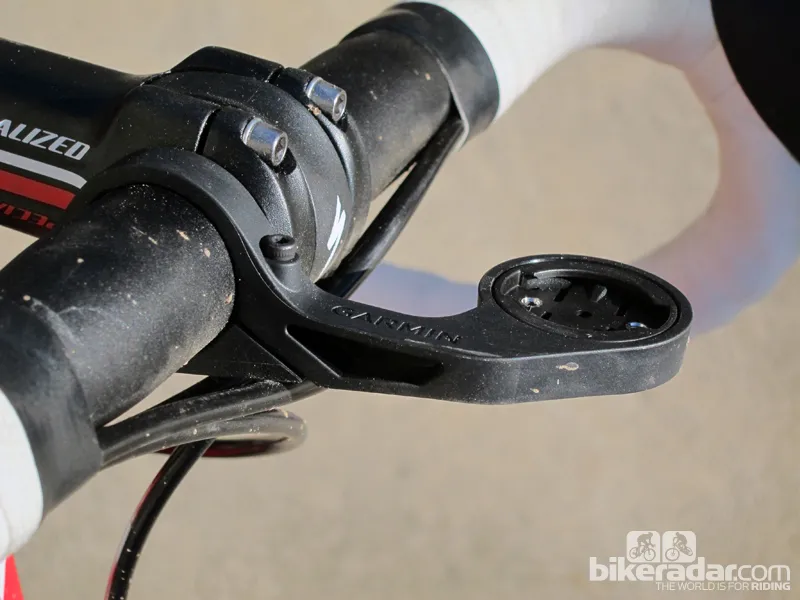
The Garmin OutFront doesn't feel as sturdy as we'd like
As with other widgets of this type, we're happy with the improved visibility compared to a stem mount, but given that Garmin's version isn't any cheaper, at around US$40 retail cost, we can't help but be a little disappointed. The spindly mast is a little flexy, it's tricky to get the narrow clamp mounted perfectly square on the handlebar, and, most irritatingly, the mount itself sits off-axis so the computer is slightly rotated.
Conclusion
We had heady expectations for the successor to Garmin's mighty Edge 800, and in some ways the 810 is a bit of a letdown, especially given the bump in price. The screen is still just so-so, it's just as big as before, and claimed battery life has actually gone down, not up.
However, Garmin has made substantial improvements in terms of the new Edge 810's overall usability, unlocking more of its potential for riders who might otherwise have been intimidated by the sheer volume of data available. The new wireless communication and associated smartphone apps provide some handy new features, too, which also make living with the Edge 810 a little more seamless.
Aside from those modest improvements, current Edge 800 owners probably won't find a compelling reason to upgrade. However, we expect the new 810 to be a big hit with GPS newcomers or owners of older Edge 205 or 305 units who were holding out for more.

